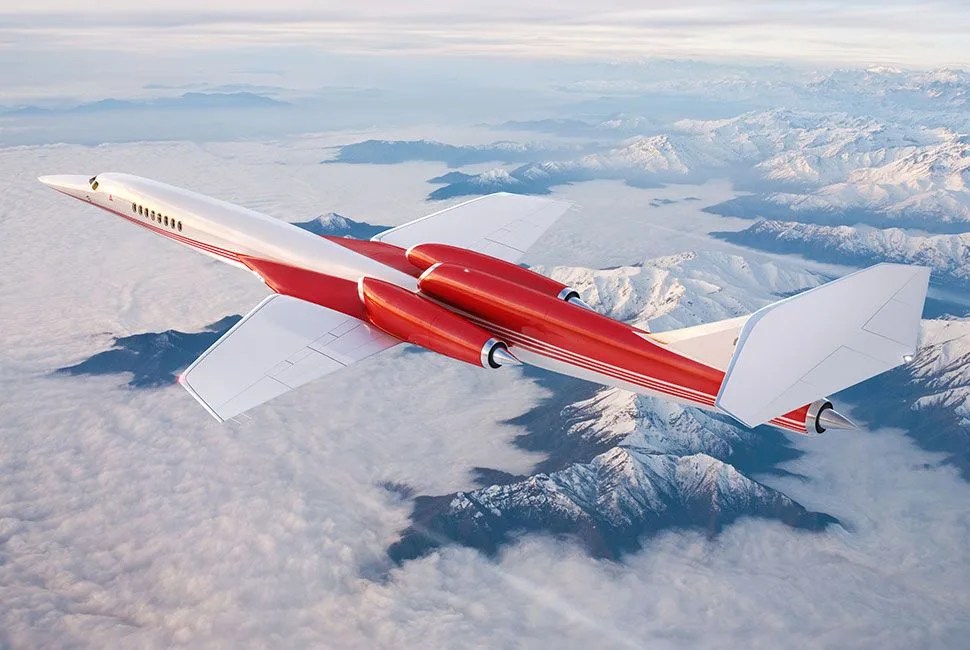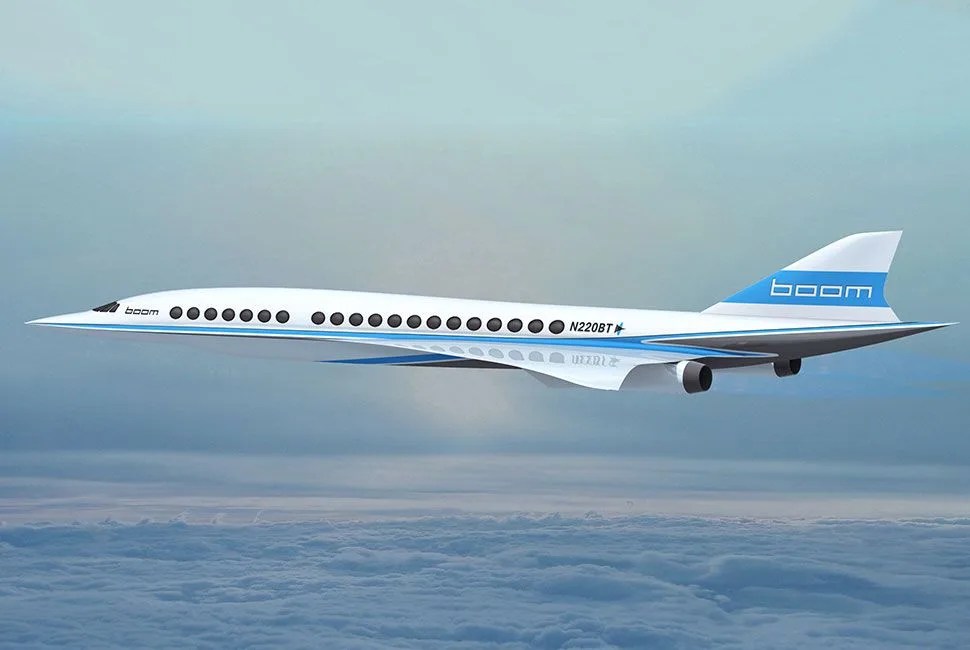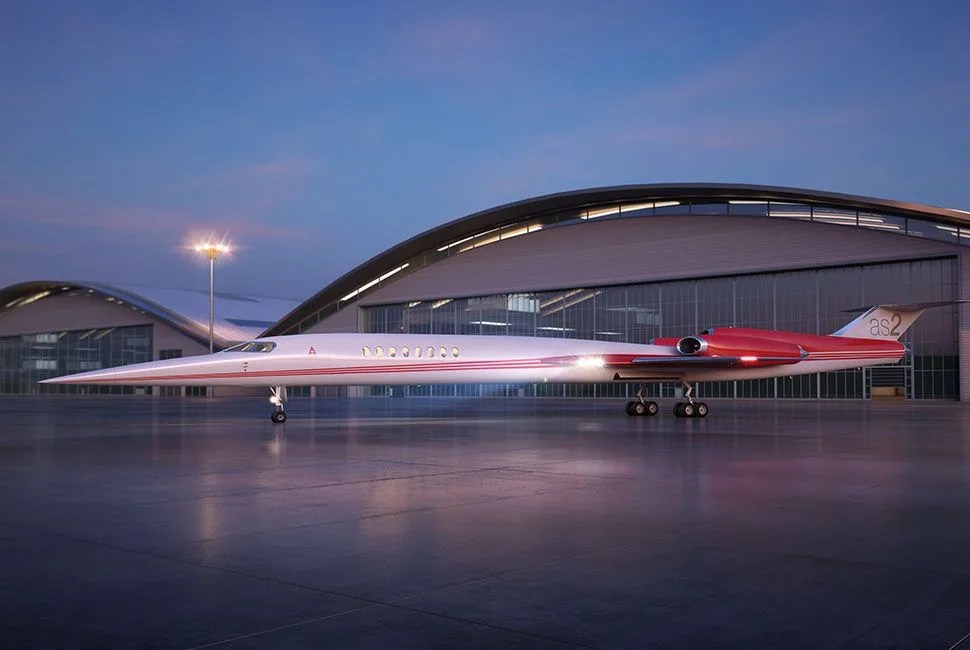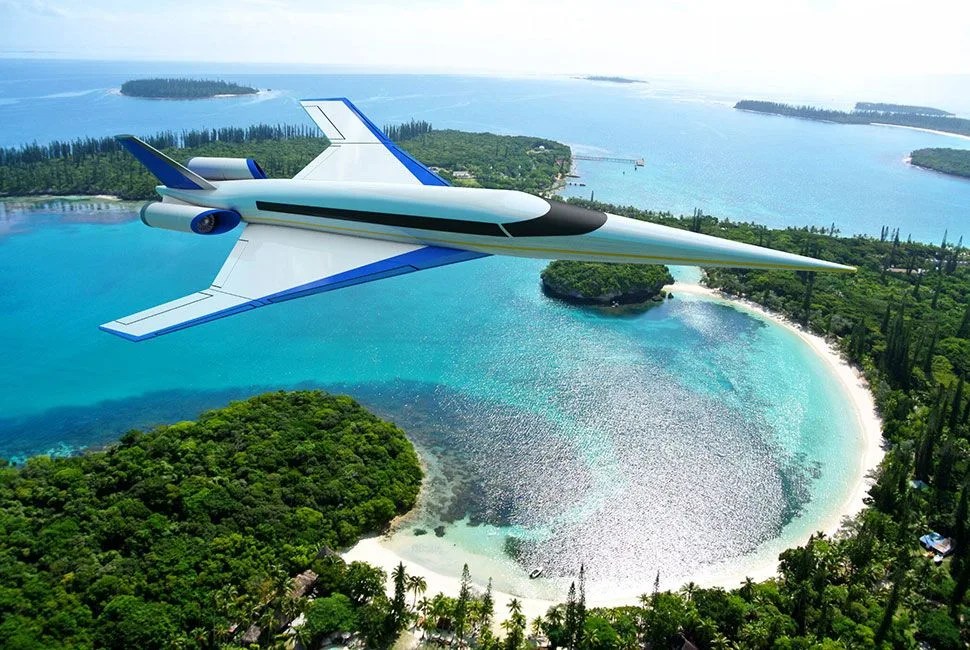 Gear Patrol
Gear PatrolIt’s easy to find many reasons not to build a supersonic passenger airplane. They’re loud — the sonic booms generated by the famed, Mach 2-capable Concorde were notorious, and limited its ability to fly over land. They’re thirsty, too, requiring ridiculous amounts of fuel for even the most modest trips. They require ultra-long runways to generate enough lift for takeoff, and they’re wildly expensive to design, build and maintain.
In spite of all this, the idea of supersonic air transport never quite left our imaginations, even after the sexy, romantic Concorde retired in 2003 following a fatal crash in Paris and years on financial life-support. Can it be done? Can mankind conquer the speed of sound without shattering windows and setting off every car alarm between New York and Los Angeles?
Many are trying, including NASA, Lockheed Martin and at least three notable startups: Boom Technology, Spike Aerospace and Aerion Corporation. The challenges are significant, but remember that the most recent commercial supersonic, Concorde, was designed in the 1960s, long before digital simulation, high-tech materials, and aeronautical science truly took hold. Below, a hint of the solutions top contenders are developing to make Chuck Yeager proud.
Lockheed QueSST
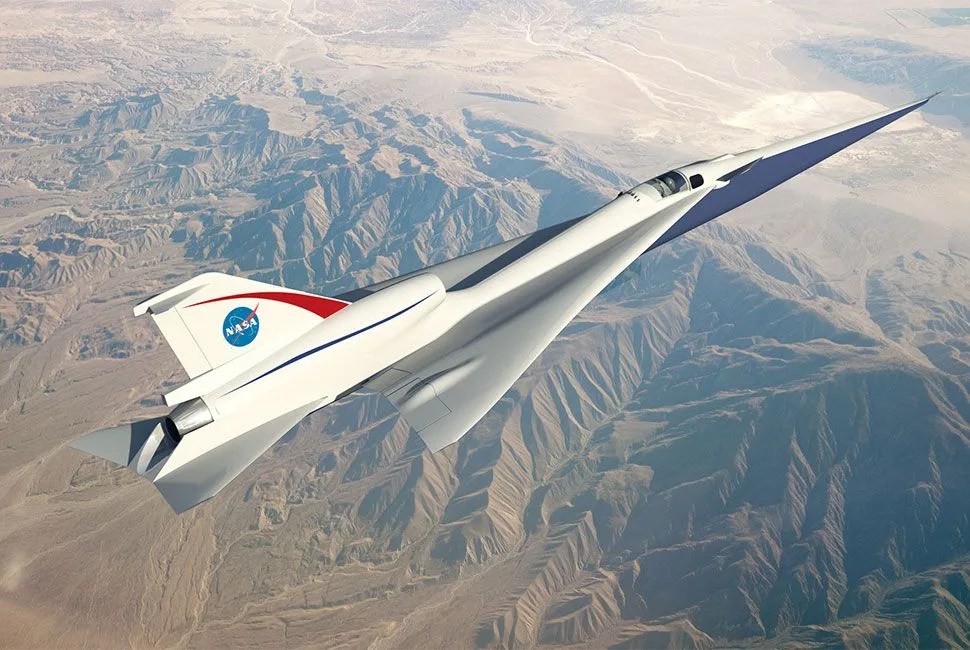
Lockheed Martin’s secretive Skunk Works is hard at work on a next-generation quiet supersonic X-Plane. The project is intended only to validate whether supersonic speeds can truly be quiet enough for flight over populated areas. The program secured $20 million in funding from NASA in order to develop a viable plan for the Quiet Supersonic Technology low-boom flight demonstrator. If NASA likes what it sees — and hears — actual hardware will follow, via a $300 million budgetary bump. The single-pilot demonstrator will only be about 90 feet long, and able to cruise at Mach 1.4 (1,074 mph) using a General Electric F404 turbofan engine found in many supersonic military aircraft. An actual aircraft could fly as soon as 2020.
